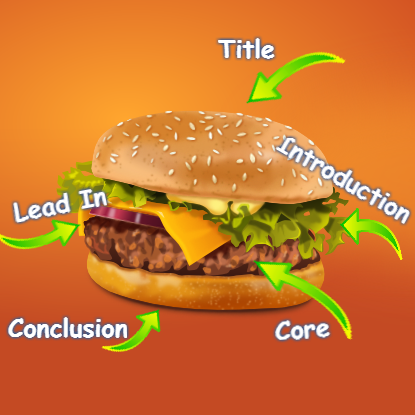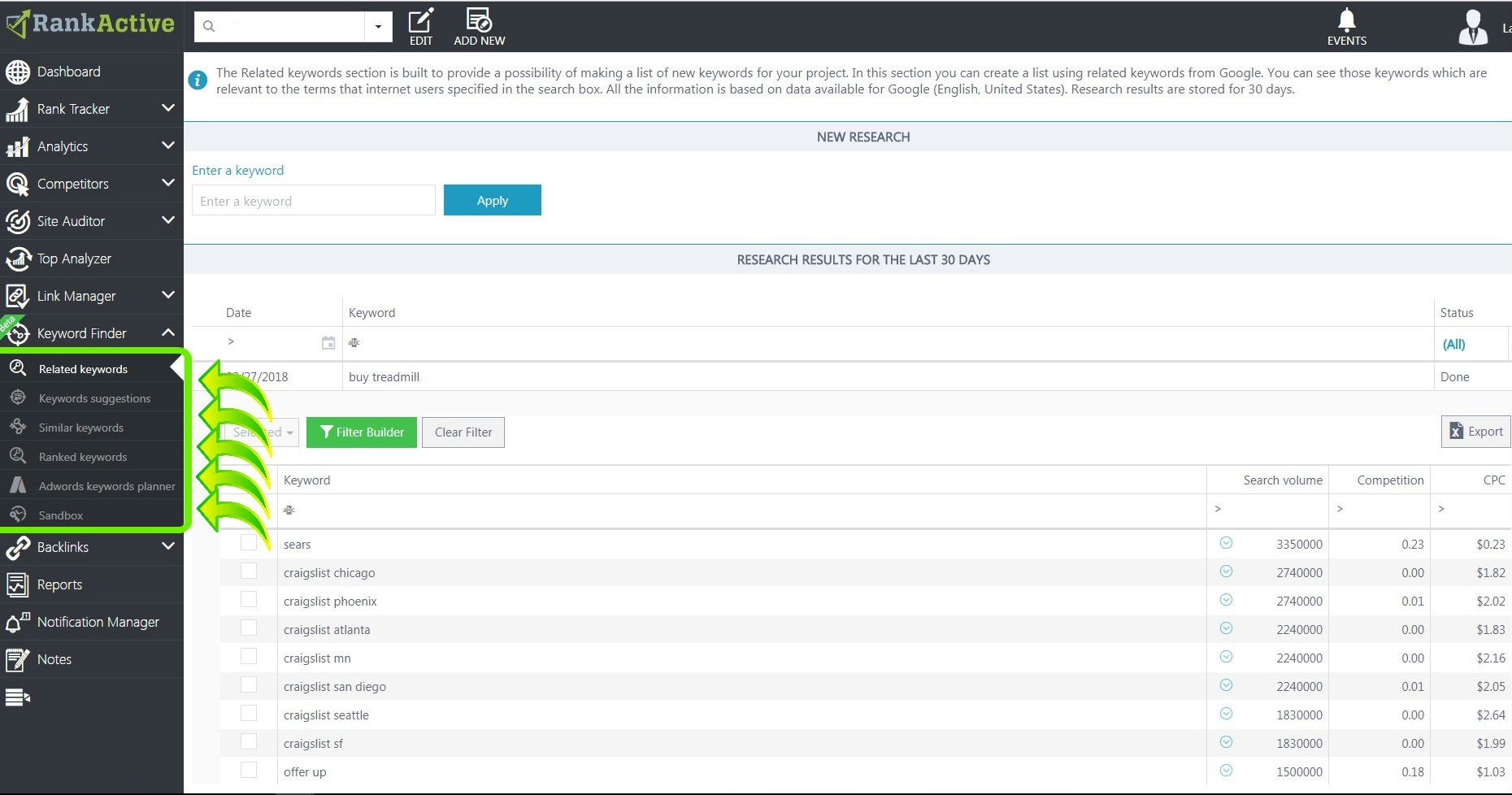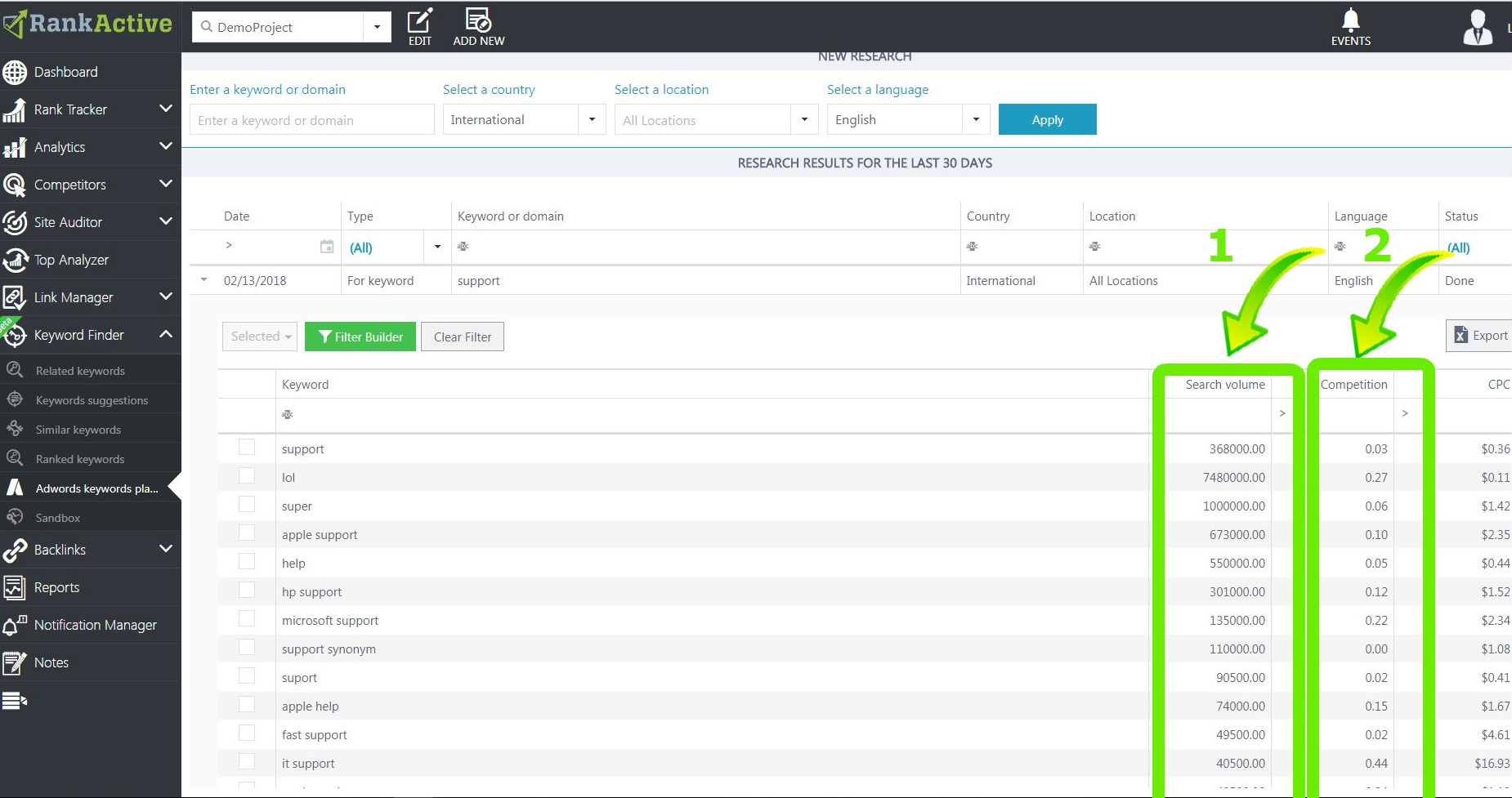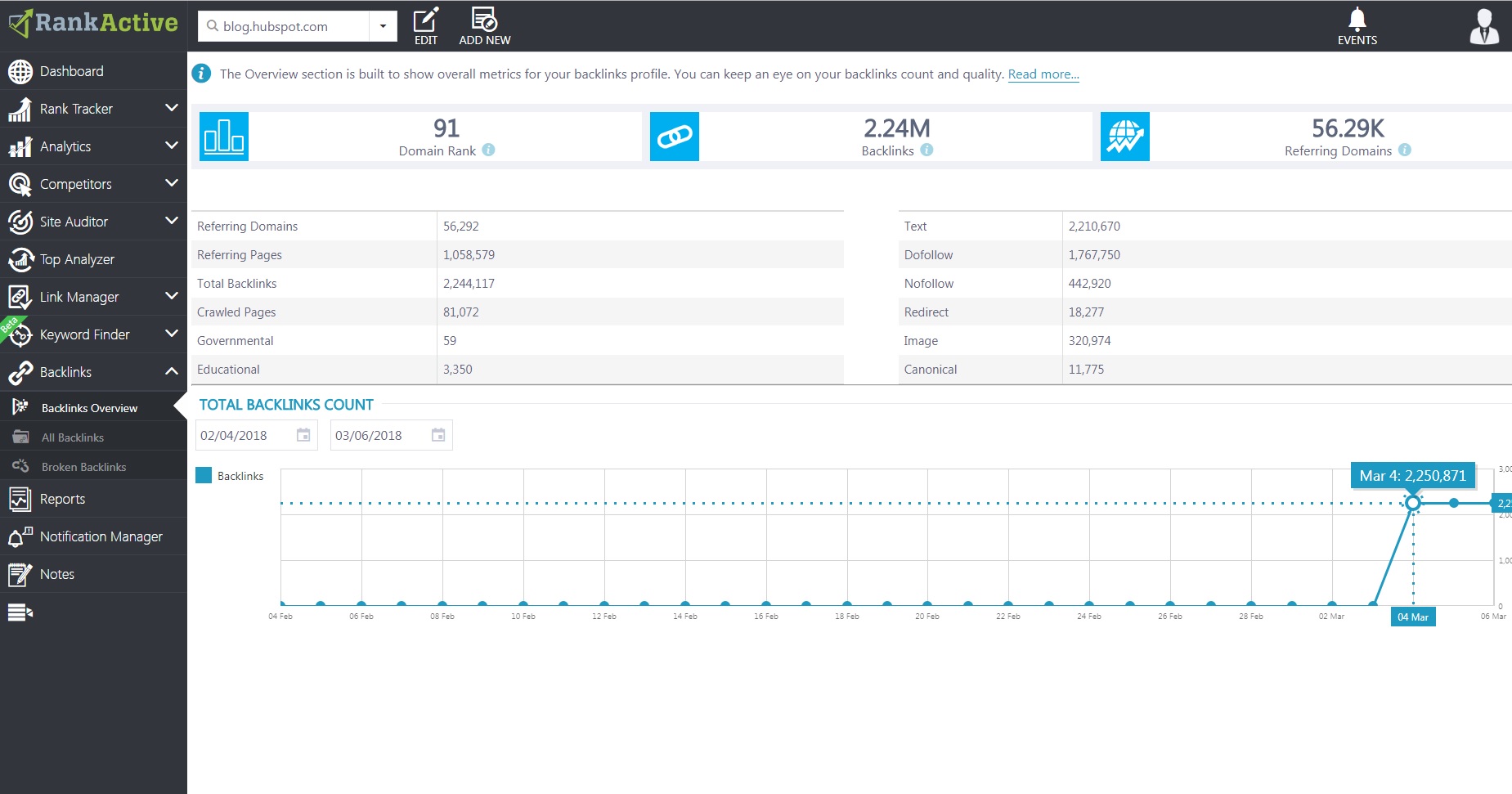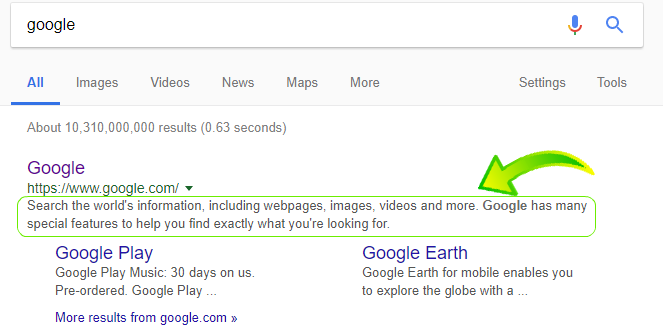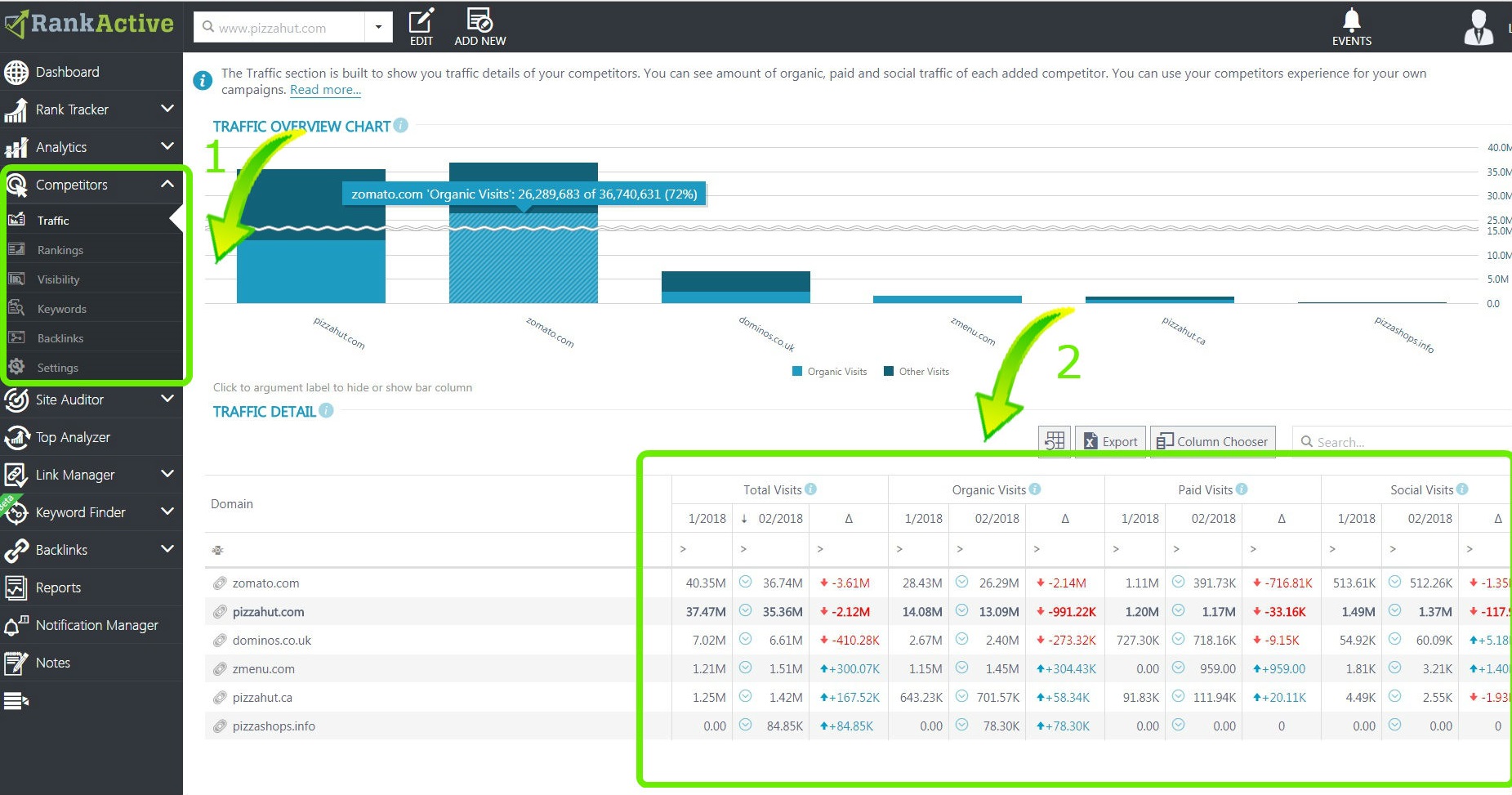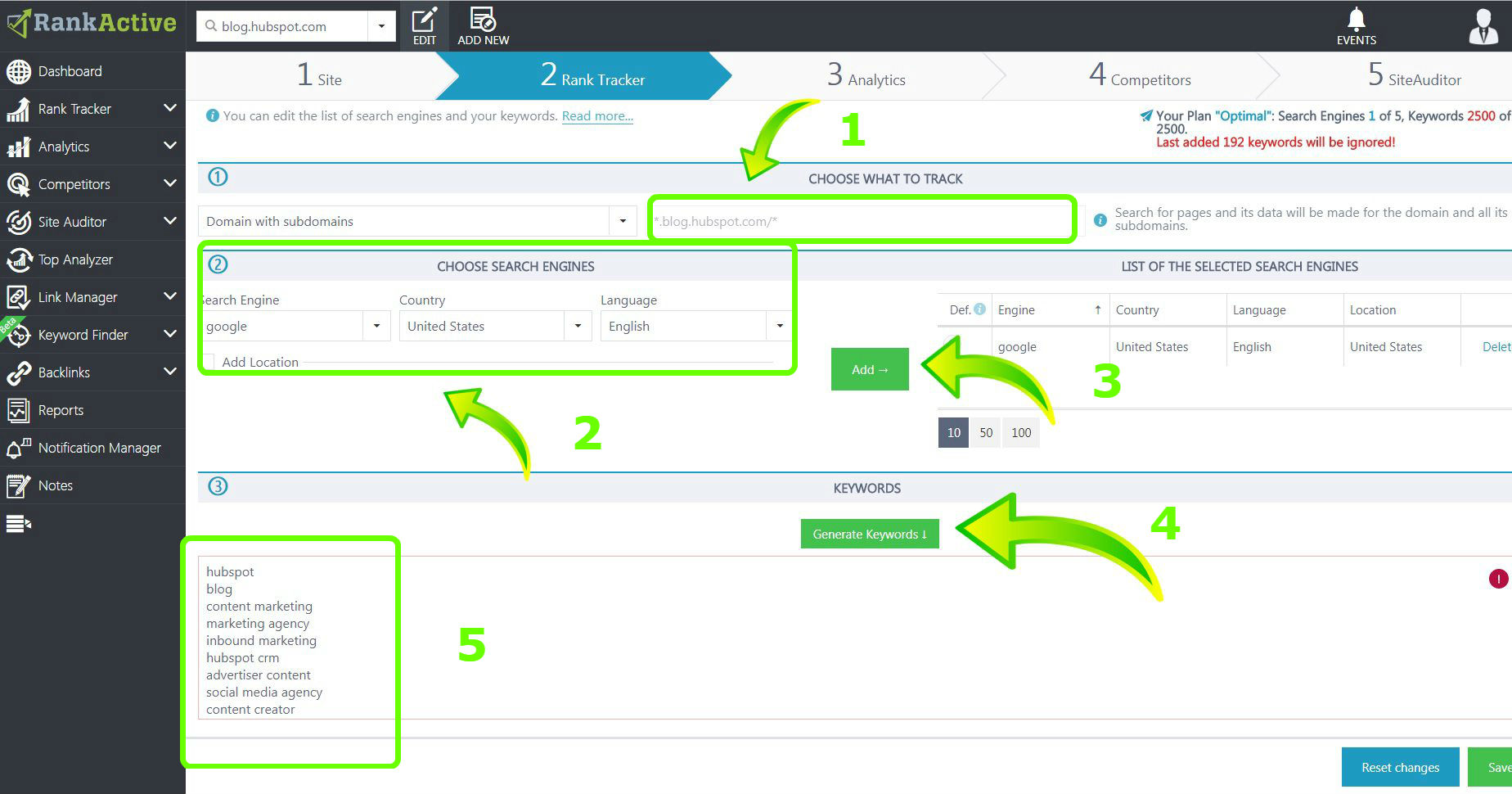3 Simple Strategies to Maximize Your Blog’s Search Rankings
15 March 2018 Leave a comment CONTENT MARKETING
There are millions of articles generated on the internet every day. Some of them succeed, and others fail, getting lost in the vast ocean of competitors.
Thousands of bloggers are fighting to the top of the Search Ranking Results. Each blogger dreams about getting unstoppable traffic to his or her website. How come you are an exception?
#1 Optimize Your Blog’s Anatomy
By applying these simple steps, your can increase your ranking positions, attracting decent traffic to your website.
Step 1: Check Out Your Title First
Is it catchy? Does it make you feel excited? If not then optimize your title, make a reader hungry for your blog!
Imagine yourself a chef who would even outshine Gordon Ramsay. Got it? Lovely! Let’s make a perfect hamburger for hungry readers.
We will go through the hamburger from the top.
Let’s start with the sweet bun. Keep your headline 40-59 characters long and include keywords to the point. Try to enlighten the idea of your article or blog post. Make it as relevant as possible.
Use exact matches or phrase matches in your title. As you can see in the example above “Massive Update,” “New Features,” “Update on RankActive” etc.
When done with the headline, think about an introduction – the fresh and crispy salad. This is your #2 chance to draw people’s attention to your blog. Keep it short and as catchy as your title. Make your readers understand why they came to your blog and why they should read it.
Does the salad look awesome? Great! Let’s add some cheese. Make a perfect Lead In to your article, so that people will have a background, a foundation for further reading. After you’ve finished with that, it’s time to concentrate on the core – the tasty meatball between the buns. Feel that juicy bite through the main ideas of your blog post.
Step 2: Include Keywords in Your Post
Be careful with these. Putting keywords in your main article may bring you to the top of the ranking page or it might as well drop you deep down. Add some lovely sauce to your hamburger.
Use keywords smart:
- Preferably place them at the beginning of the passage. Put them neatly in the intro and within 100 words in your core. Repeat them in conclusion as well
- Don’t stuff keywords in your article, since search engines aren’t that stupid. If you put too many keywords, search engines will notice it and punish your website, dragging you down to the bottom of SERP.
- When posting pictures rather than naming them “randompic0000” “capture83683” use something more relevant to your blog, such as: “RankactiveKeywordFinder.” Again, search engines can see them, so if you use names skillfully, you can increase your ranking.
Now let’s close the hamburger with a crispy-cooked bun. Here we are in the conclusion part where you might be willing to finish your article by summarizing your ideas and emphasizing the key points. Your readers will be pleased to have everything structured in their heads.
People must feel that taste, all those juicy ingredients. And, trust me, they are going to want more of it. They will come with friends and friends of their friends. And this is exactly what you need!
That is how you make a perfect blogburger!
Learn more about keywords: How to Choose Keywords for SEO
How can you figure out which keywords you should be using?
It’s straightforward with our Keyword Finder tool. It shows you the keywords usage on a specific website or page. It can also help you search for a particular keyword, displaying information about its Search Volume and Competition rate.
As you can see in the picture below the Keyword Finder is divided into several categories:
These sections can help you to benefit from making smart decisions when placing keywords, therefore attracting more traffic to your website.
For example, let’s observe some features of “Related keywords section.”
In the picture below you can see the search volume (1) for a particular keyword and its competition rate (2). Competition rate is estimated from 0.00 to 1.00. If you see a keyword rate that is somehow close to 1.00 then you may find it very difficult to compete using this specific keyword. However, you might as well get some useful information and create some workarounds or use your keywords in the most profitable way.
If you click on the mark of a particular keyword in the Search Volume section you can see and track the Search Volume History which might be a helpful piece of information in understanding what is trendy now.
You need to concentrate on something in the middle, on keywords that have pretty high search volume, but the ones that are not as competitive as the others. This information will help you to include chosen keywords in your articles, thus boosting your Search Engine rankings.
If you want to try the product and discover all of its possibilities, click here.
#2 Links, Backlinks and Trust Anatomy
After you’ve already got a decent blog post that people are willing to read it’s high time to build your authority and trust.
You need to appear solid on the internet. People love cited resources, and they are more likely to share your content with their friends, cousins, dogs, and so on.
How can you build that trust? Use backlinks. The more other big bloggers cite you, the more power you gain, the more noticeable for robots and people you become. Search Engines will count all the references to your website.
Our tool “Backlinks” correlates with the #3 Watch Your Competitors paragraph and can help you to see some good numbers for this website in the picture below.
It shows you the number of different thematic resources that are referring to this website. (For example, Governmental and Educational links are considered to be one of the most trusted resources, so it’s beneficial to have these to build your authority).
However, bear in mind that if your blog is about open relationships and the only linking relationship you’ve built is with a Minecraft blogger, then you can delete your blog. And don’t get me wrong, it’s not about Minecraft it’s about building a link system relevant to your blog topic.
You might be having outdated links or “broken” links. The ones that refer to no longer existing pages or they just don’t work. Thatis is why it’s very important to constantly monitor the process and check the workability and reliability of your pages and links.
More about links: Link Hunt For Dummies How to Track Good Links and Improve Your Rankings
#3 Watch Your Competitors
Learn to observe. See what other big bloggers are using. Look for any website with high traffic and readability and look at their titles, meta descriptions, post, keywords and other details.
Meta description (see picture below) is an HTML attribute up to 320 characters long that gives you a short description of a webpage. You can and should include keywords here. Using some social, psychological or marketing elements would be a plus, basically, anything that draws people’s interest and attention. Once and again if you’re just starting out you may find these tools very useful for your future success.
In addition to Keyword Search, you can also use our top tool “Competitors Inspector” (1) which makes it much easier to reveal the mysteries of your blogger-competitors.
Look at giants like techcrunch.com or venturebeat.com and see what keywords they are using, how many visits they have (organic, paid, social visits). (2)
By using our “Top Analyzer,” you can add a domain or a website (1) and look for the keywords that this particular website is using. You need to select a Search Engine, Country and Language (2) then click Add (3) -> Generate Keywords for .(4)
These four simple steps will give you exactly what you need. Hundreds of results. (5). These matches have provided this website with the top results in SERPs.
This data helps you to analyze plenty of things which your competitors are using, so that you can benefit from using the same patterns or taking their ideas, adopting them and applying to your website.
All these tools are made for you to be number one in SERP, outperforming your potential competitors by watching their steps and having an advantage over them.
Learn more about the product and apply for Live Demo
Conclusions:
There are complicated search algorithms that search engines are using. Nobody knows what they are, however, some patterns of them can still be seen and understood. Write high-quality, fresh and tasty content, use keywords, adverts, concentrate on building trusted links, cite and get cited, track your competitors, never stop learning, constantly change and adapt.
Always remember, you are writing for people not for robots. If people like your content, robots definitely will!
Tags:


